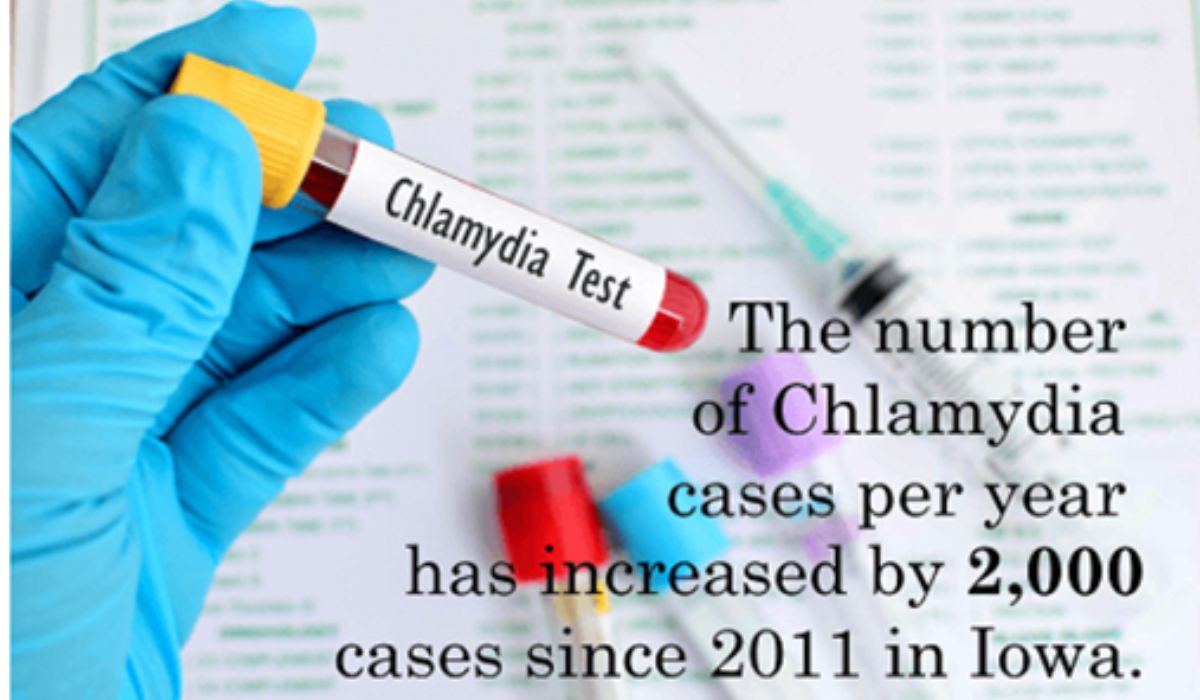STD’s Overview
Sexually transmitted diseases (STDs) — or sexually transmitted infections (STIs) — are generally acquired by sexual contact. The organisms (bacteria, viruses or parasites) that cause sexually transmitted diseases may pass from person to person in blood, semen, or vaginal and other bodily fluids

Symptoms
Sexually transmitted diseases (STDs) or sexually transmitted infections (STIs) can have a range of signs and symptoms, including no symptoms. That’s why they may go unnoticed until complications occur or a partner is diagnosed. Signs and symptoms that might indicate an STI include:
- Sores or bumps on the genitals or in the oral or rectal area
- Painful or burning urination
- Discharge from the penis
- Unusual or odd-smelling vaginal discharge
- Unusual vaginal bleeding
- Pain during sex
- Sore, swollen lymph nodes, particularly in the groin but sometimes more widespread
- Lower abdominal pain
- Fever
- Rash over the trunk, hands or feet
Signs and symptoms may appear a few days after exposure, or it may take years before you have any noticeable problems, depending on the organism.